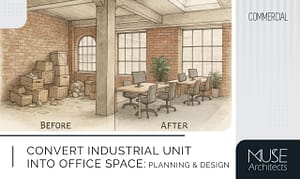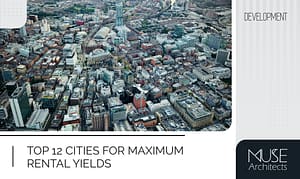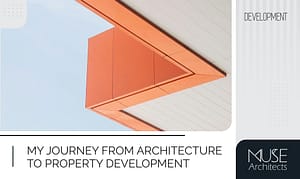Designing for a Post-COVID World
By Mo Muse
For a generation that has never experienced a global crisis affecting every aspect of our lives, terms like self-isolation, vaccination, herd immunity, and social distancing have suddenly become part of our daily vocabulary. As designers, we are left wondering: what comes after the COVID-19 pandemic? How do we design for this new reality, and where do we begin?
The challenges we face today have never been more pronounced. In just a few weeks, COVID-19 has become a horror story reminiscent of films like Wolfgang Petersen’s Outbreak (1995) and Steven Soderbergh’s Contagion (2011). I often find myself questioning the state of the world and what we, as designers, can do to help. While sustainability, global warming, and pollution have long been concerns, this crisis has intensified our need to reflect on our use of natural resources.
However, I believe it is time to take a step back and evaluate things rationally. Every problem has a solution, and every obstacle can be designed around. The pressing question for those of us in the built environment is how we can leverage smart design and technology to mitigate the risks associated with the COVID-19 pandemic.
The Importance of Community
As humans, we do not live in isolation. Our actions affect others, and we are all interconnected. We have repeatedly shown our ability to adapt and innovate in the face of challenges. Throughout history, humans have redesigned cities and buildings to cope with crises, and the COVID-19 pandemic is no different.
Historical Context
Historically, urban redesign has responded to health crises. For example, in 1853, Georges-Eugène Haussmann was commissioned to redesign Paris, improving environmental hygiene and living conditions. His work brought light and air to the city, creating public spaces and ensuring access to clean water.
If a person dedicates enough energy to finding solutions, they can achieve remarkable goals. In architecture, design solutions must aim to improve the quality of life and cultural experiences of residents. The post-COVID-19 architecture must prioritise human comfort and happiness in all structures, whether they are airports, offices, or homes.
Key Principles for Future Design
As architects and designers, we should establish key principles when designing our environments post-pandemic. These include:
- Energy Efficiency: Buildings should be energy-generating and self-sufficient, using low-carbon materials and maintaining low running costs. Projects like BedZED demonstrate the viability of energy-efficient living.
- Zero Waste and Water Waste: Implementing zero waste principles protects health and promotes sustainability. Encouraging communities to reuse and recycle is essential.
- Multipurpose Adaptable Spaces: The modern lifestyle demands adaptable spaces that can serve multiple functions. Examples include The Forks in Winnipeg, which combines various activities in a single public area.
- Urban Farming: The pandemic highlighted vulnerabilities in our supply chains. Encouraging local food production through urban farming can enhance self-sufficiency and resilience.
- Smart Materials: Using innovative materials like Totomoxtle and Dekton can enhance health and comfort while reducing environmental impact.
- Human-Centred Phenomenological Architecture: As we spend more time indoors, it’s crucial to create meaningful and rich experiences in our living spaces, drawing on concepts from phenomenology to enhance our interaction with environments.
- Mental Health Principles in Architecture: There is growing awareness of how architecture impacts mental health. Buildings should foster happiness and productivity, as discussed in Ben Channon’s book Happy by Design.
Movement and Travel
The pandemic has transformed our understanding of travel for work and leisure. As many companies adopt remote work, we must consider how we will travel in a post-COVID world. High population density, while efficient, poses challenges for public health during pandemics.
Designing density transition zones can help manage population density while optimising the use of existing services. This approach allows for sustainable growth without sacrificing comfort.
Conclusion
The COVID-19 pandemic may not be the last natural disaster we face, but it has opened our eyes to new ways of living and thinking. The challenges we encounter lead to innovative solutions, and we must adapt our designs to support a future that prioritises human well-being.
As architects, our role is to ask the right questions, explore design options, and create environments that enhance lives. The path forward involves embracing sustainability, energy efficiency, and flexible design to add value to our clients’ investments and improve our cities.




